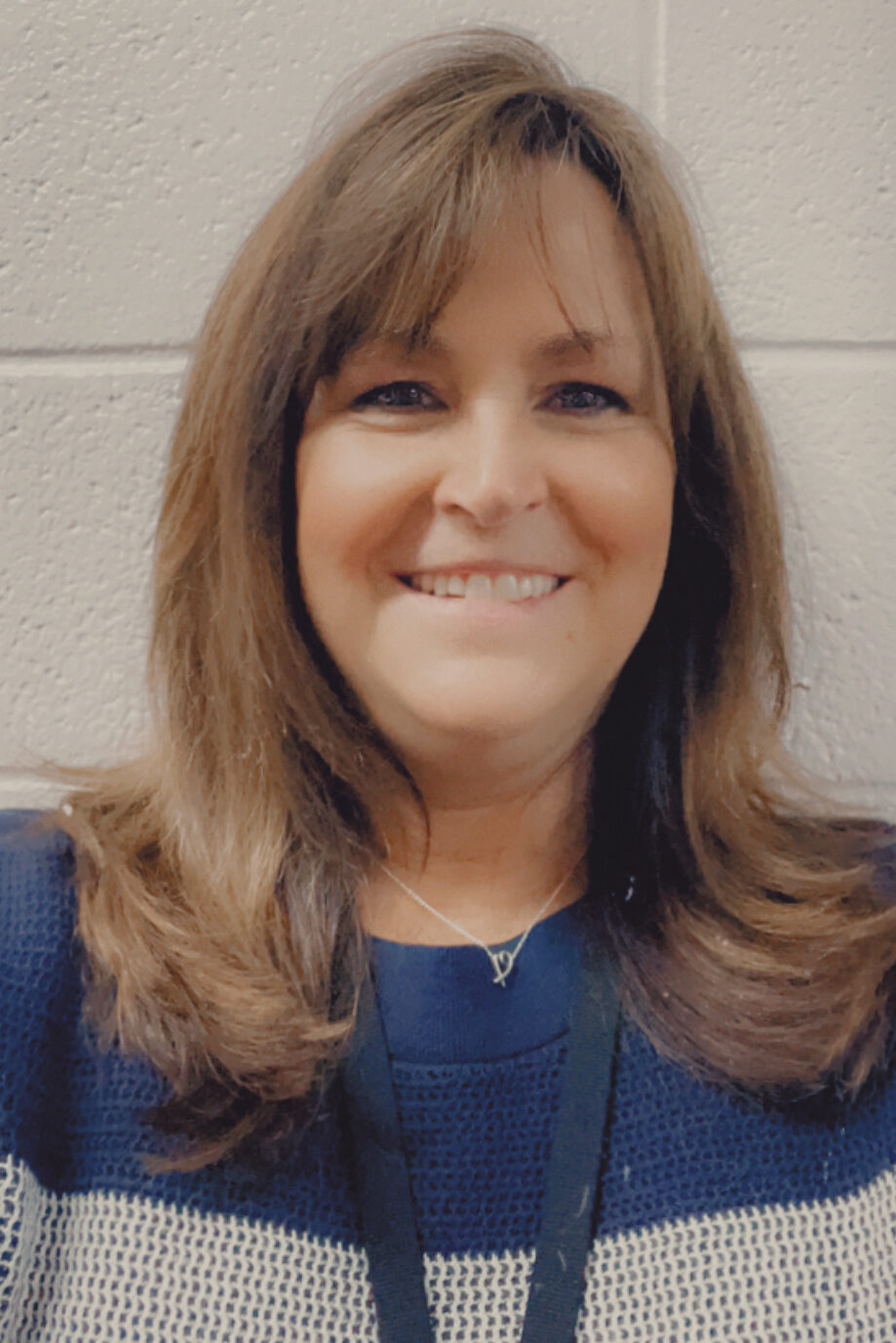Viewpoint: February 2024

Middle school can be a tough time for students. After elementary school, which tends to be very structured, they get to middle school and sometimes it seems like they’re just going through the motions until they get to high school. There isn’t always much that sparks their interest.
At Walt Clark Middle School in Loveland, CO, we’ve looked for ways to engage our students, and one approach we’ve come up with is to expose them to career pathways that might interest them. When I came here 11 years ago, the school didn’t have a focus like others in the district, such as an International Baccalaureate (IB) program or an arts focus, for example. We decided as a staff that we wanted more of a STEM focus, but we did it a little differently by working closely with the high school career center in our district. That’s what has allowed us to add the career focus, which has really been a success.
One thing we did have at the school was a fully functioning greenhouse; horticulture was our initial career focus. One of our electives is learning in the greenhouse; students grow vegetables and flowers and hold a big sale in May for what they grow. So, they learn the business side of things as well as the horticulture piece.
The STEMX Approach
Beyond the greenhouse, we’ve developed a program with the help of a lot of community and business partners that we call STEMX. It’s a period at the end of the day where we expose students to different career pathways. We want to prepare our students for high school and help them make educated decisions about what classes they might need to take instead of just checking off boxes that meet graduation requirements or making random choices.

STEMX uses academic and career planning tools to help students see what their interests are and what classes they might like. They might not know exactly, so we give them choices. They can rotate through a different pathway each quarter, selecting from areas like aviation, robotics, applied arts (such as graphic design), computer sciences, communications and information systems, and health sciences. They can even study drones.
Through our partners, we’ve managed to raise quite a bit of money to support field trips and equipment. It’s been great to have that solid support from community members and local businesses.
With STEMX, you can see the excitement from the kids. It’s not always easy for students or teachers at the end of the day, but the level of engagement in the classes is high. In fact, discipline issues at that time have really fallen. One day, we had representatives from the Colorado School Boards Association tour the building and hear from our students about STEMX. We just turned the program over to the students so they could showcase what they were doing. You could see their pride and excitement when they explained things to our guests. It was impressive.
Not Just in STEM Classes
As successful at STEMX is, our teachers also incorporate STEM principles into their lesson planning across content areas. We’re always trying to show students the relevancy of what they’re learning. We want our students to see STEM principles and career and technical education content throughout the day.

Our staff has a great relationship with the district’s career center, but my dream would be to have our school become like the middle school equivalent and have some of the equipment that is now only available at the high school center. That would allow us to offer more career courses here. For example, if we had a welding program, and the students could learn welding on campus with modern equipment, that would be great.
I do try to keep track of what our former middle school students are doing in high school. It’s fun to watch them sign up for classes that connect to what they were exposed to here. And, they can also start earning college credits and career certification through a partnership with Ames Community College.
Finding the Best Path for Every Student
Our approach addresses the different types of students that we all see in middle school. There are those who enjoy book learning and traditional academic work, and they’re more likely to go on to college. But we also need classes that appeal to students who might not want to attend college, which should not be seen in any way as a failure. Let’s find the best path so they are also successful when they graduate. Right now, if a student in our district can earn a career certificate and have their courses paid for, they can leave high school qualified to start a job in welding or as a drone operator that pays more than I even make. And they don’t have to go to a four-year college to achieve that.
I’ll be retiring after this school year, and I’m thankful to have been part of a district that has allowed us to follow this path. I even went to school in Loveland, so it’s especially gratifying. We’ve brought our program to the point where we’re getting great support from the community and the district, which provides us resources beyond my regular budget to make these opportunities possible. Career and technical education is a passion of mine, and I hope it’s a legacy that continues, and we keep reaching every student, no matter their interests.
Christine Smith is the principal of Walt Clark Middle School in Loveland, CO.
